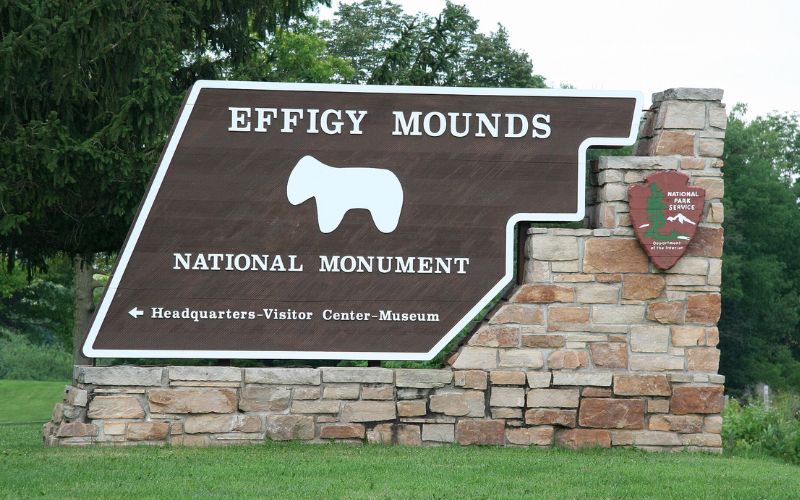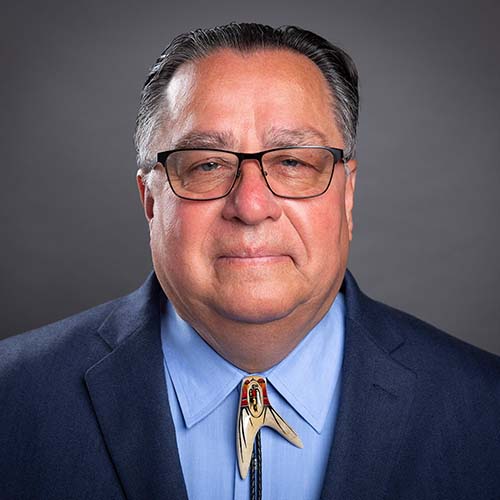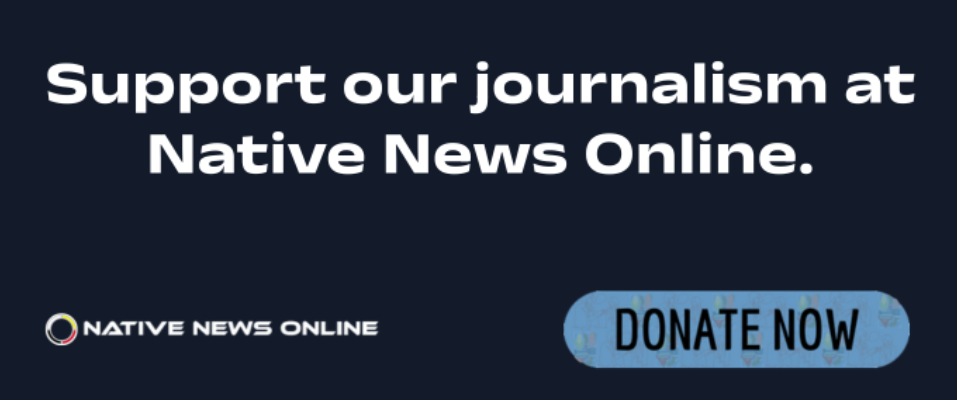
- Details
- By Kaili Berg
Recent layoffs within the National Park Service (NPS) and the U.S. Forest Service could significantly affect national parks across the country, many of which hold deep cultural and historical significance to Native American tribes.
The federal government, under the Trump administration, has announced cuts affecting approximately 3,400 employees from the U.S. Forest Service, around 10% of its workforce, and about 1,000 employees from the NPS, reducing staff by roughly 5%.
Most of those affected are probationary employees with less than a year of service, while critical positions such as firefighters and law enforcement officers are exempt. However, the broader consequences of these layoffs are already being felt in various parks, particularly those that require consistent upkeep, public education, and preservation efforts.
Effigy Mounds National Monument in Iowa is among the sites facing direct effects from layoffs. Known for its preservation of over 200 prehistoric Native American burial and ceremonial mounds, the site has been a critical location for archaeological study and historical interpretation.
Recently, two NPS employees at Effigy Mounds were laid off, including environmental educator Brian Gibbs, who played a key role in increasing public awareness of the site’s historical importance. The reduction in staff has raised concerns about the monument’s capacity to maintain its educational outreach and protect these culturally significant sites.
The layoffs will also impact operations at several major national parks and landmarks, including the Appalachian Trail, the birthplace of Martin Luther King Jr., Sequoia National Forest, and Yosemite National Park.
Yellowstone National Park, one of the most visited and historically significant parks in the country, is also experiencing staffing reductions. As the first national park in the United States, Yellowstone requires a well-maintained workforce to support its ecosystem, including geothermal features, wildlife, and historical sites.
The cuts would impact the park’s ability to provide ranger-led programs, enforce conservation efforts, and maintain trails and facilities at peak operation levels.
With fewer park rangers and educators, there is growing concern about the cultural sites and the potential loss of interpretive programs that educate visitors on the cultural significance and history of these lands.
The National Parks Conservation Association has issued a warning about the consequences of these staffing reductions.
“Visitors from around the world come to our national parks expecting a once-in-a-lifetime experience, but instead could be met with overflowing trash, uncleaned bathrooms and fewer rangers to provide guidance,” Kristen Brengel, NPCA’s Senior Vice President of Government Affairs, said in a statement. “These are not the memories we want people to take away from their experience at our parks.”
In Wrangell, Alaska, local tribal leaders have voiced concerns over the layoff’s impact on collaborative efforts with the Forest Service.
“They’re an amazing partner to us as the tribe,” Tribal Administrator Esther Aalséen Reese said in an interview with KSTK. “They’re an integral part of the fabric of our community and we’re losing people that we work with on a day-to-day basis. Literally, the Wrangell community is going to suffer by losing these wonderful individuals.”
In response, community members gathered to show solidarity with affected workers, emphasizing the broader consequences these cuts could have on Wrangell’s economy and cultural preservation efforts.
With fewer resources available, park officials will have to make difficult decisions about which services to prioritize, potentially leading to fewer educational programs, reduced access to certain areas, and slower response times on maintenance and emergency services.
More Stories Like This
Trump signs law that revokes some limits on drilling in Alaska’s National Petroleum ReserveSouthern Sierra Miwuk Nation Gets 900-Acres ofLand Back
Chilkat Indian Village Tells New Palmer Mine Owners They Are “Not Welcome” in Chilkat Valley
Tribes, Coastal Group Ask Army Corps to Revoke Permit for Texas Export Terminal
Michigan Tribes Tell Supreme Court: Don’t Bail Out Enbridge
Help us defend tribal sovereignty.
At Native News Online, our mission is rooted in telling the stories that strengthen sovereignty and uplift Indigenous voices — not just at year’s end, but every single day.
Because of your generosity last year, we were able to keep our reporters on the ground in tribal communities, at national gatherings and in the halls of Congress — covering the issues that matter most to Indian Country: sovereignty, culture, education, health and economic opportunity.
That support sustained us through a tough year in 2025. Now, as we look to the year ahead, we need your help right now to ensure warrior journalism remains strong — reporting that defends tribal sovereignty, amplifies Native truth, and holds power accountable.
 The stakes couldn't be higher. Your support keeps Native voices heard, Native stories told and Native sovereignty defended.
The stakes couldn't be higher. Your support keeps Native voices heard, Native stories told and Native sovereignty defended.
Stand with Warrior Journalism today.
Levi Rickert (Potawatomi), Editor & Publisher


